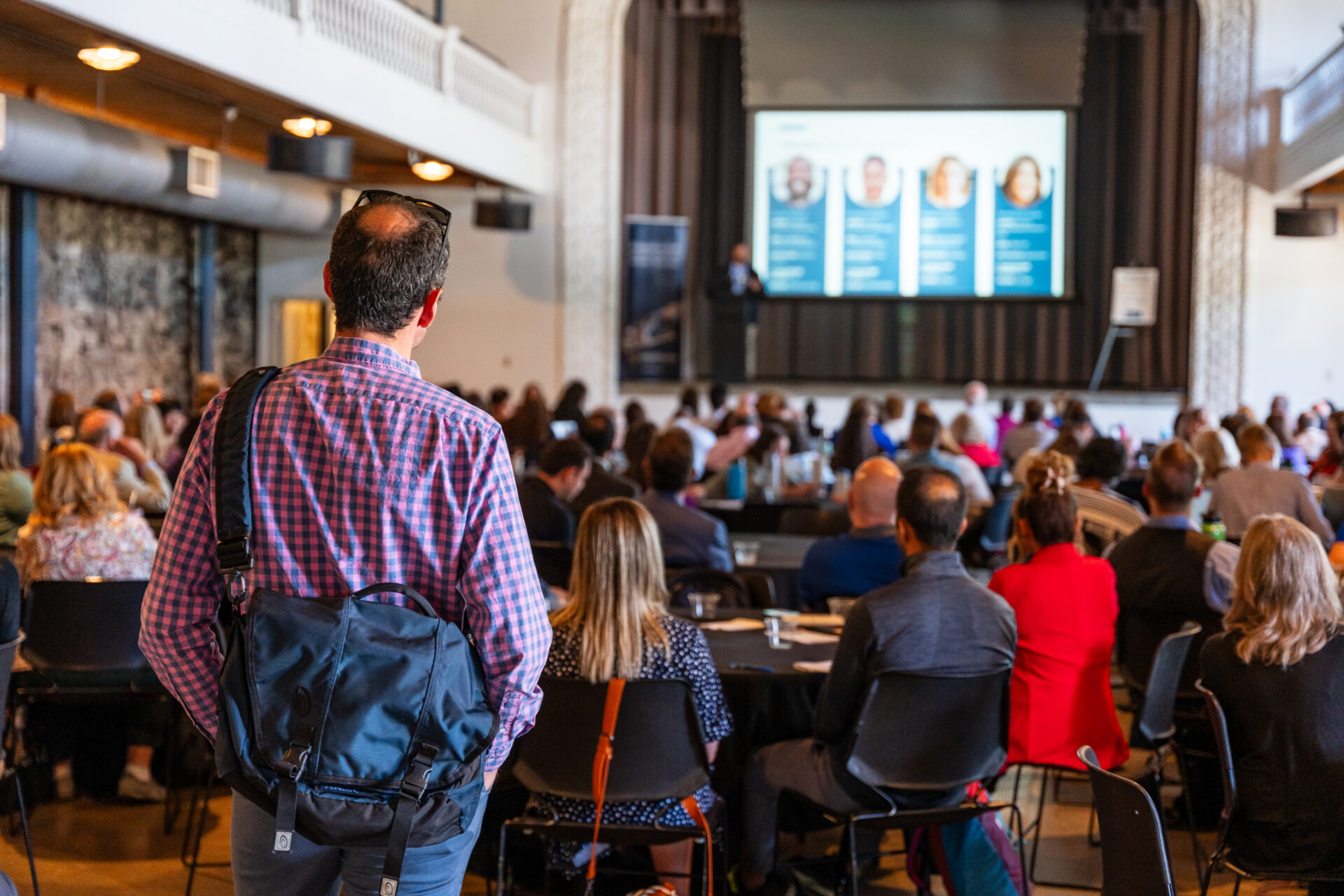During my first year as Chancellor, I traveled to each of our 13 unique colleges and heard from students, staff, faculty, and administrators around the state. Although I am not completely new to our system, having served as president of Pikes Peak Community College for five years during the early 2000s, I have seen tremendous change as all of you have taken on the shared challenge of maintaining access while improving outcomes for all of our students during a time of increasing needs and diminishing resources.
Our colleges are the key to our state and our nation’s economic future and its civic and cultural vitality. We serve the fastest growing student population—those with limited economic resources, ethnic and racial minorities, refugees, veterans, working parents, first generation students, and many others who are not well served in more traditional and more expensive four-year institutions. As our economy relies more and more on those with higher education and skills training, we are the colleges that will equip our students for success in the future, but we can only do so if we focus on equity in access and outcomes, and on helping all of our students achieve their goals. We must base our actions on those goals, and on the following priorities that will guide us in the years ahead.
Improving Graduation Outcomes
Growing enrollment will always be necessary, but even more important is the need to ensure that our students are successful. We will continue to invest in student success by rethinking placement, redesigning developmental education, expanding access to Concurrent Enrollment, providing access to more Open Educational Resources (OER), and designing Guided Pathways to reduce time and cost to completion. Innovation is how we will lead, and data is how we will know we are successful.
Raising the Profile of Community Colleges Statewide
Almost half of all students who complete a bachelor’s degree begin their academic journey at a community college. Those who transfer to a four-year college or university often outperform the students who started at those same schools. Yet despite those facts, we continue to battle the stigma of being “less desirable” or “lower quality.” We can change that perception by working with students, families, school counselors, and business and industry leaders to promote our wide range of high quality academic and Career Technical Education programs, as well as the employment rates and earnings of our graduates. Simply put, our students gain in-demand skills, get jobs, earn competitive wages, and enjoy fulfilling lives.
Partnerships with Universities, Businesses, and Industry
Each year, over 12,000 Colorado community college students transfer to a four-year institution and many thousands more enter the workforce. We are the state’s largest provider of career and technical training and we play a vital role in training our workforce to meet the demands of an increasingly skills and knowledge-based economy. By collaborating with our education and workforce partners to develop curriculum and expand apprenticeships and other employment-based training, we create better opportunities for our students and better prepared workers for our economy.
Addressing Changing Demographics, Sustaining Communities, and the Role of Community Colleges
Our student population is diverse in every sense of the word and we must adjust our approach to serve all of our students well. Our students have always come to us with big ambitions but varying degrees of resources and academic readiness. It is up to us to ensure that, whether or not they are “college ready”, we are “student-ready” and prepared to help them find success. Language, culture, immigration status, age, employment background and family status are assets on which to build, not excuses on which to place blame for failure.
The industries that once drove small town economies are rapidly changing and, as a result, jobs are harder to find and populations are shrinking and aging. Our colleges provide education and training, but they are also resources for their communities in diversifying and growing rural economies. Serving not only as educators, but as conveners and as thought partners and resource generators, we can and must work with political and business leaders and community partners to find innovative solutions that will sustain our rural communities and our rural colleges.
Where We’re Headed
Our vision for the future is clear. We want to enrich lives and strengthen our communities and our economy by building a competitive workforce and well-educated citizens. While we have always focused on increasing access, this focus must include increasing retention and completion so that we better serve our diverse students and communities and close equity gaps. That is how we will build not only a stronger economy but also a stronger democracy. I am proud to join all of you on this journey and I look forward to the year ahead.
